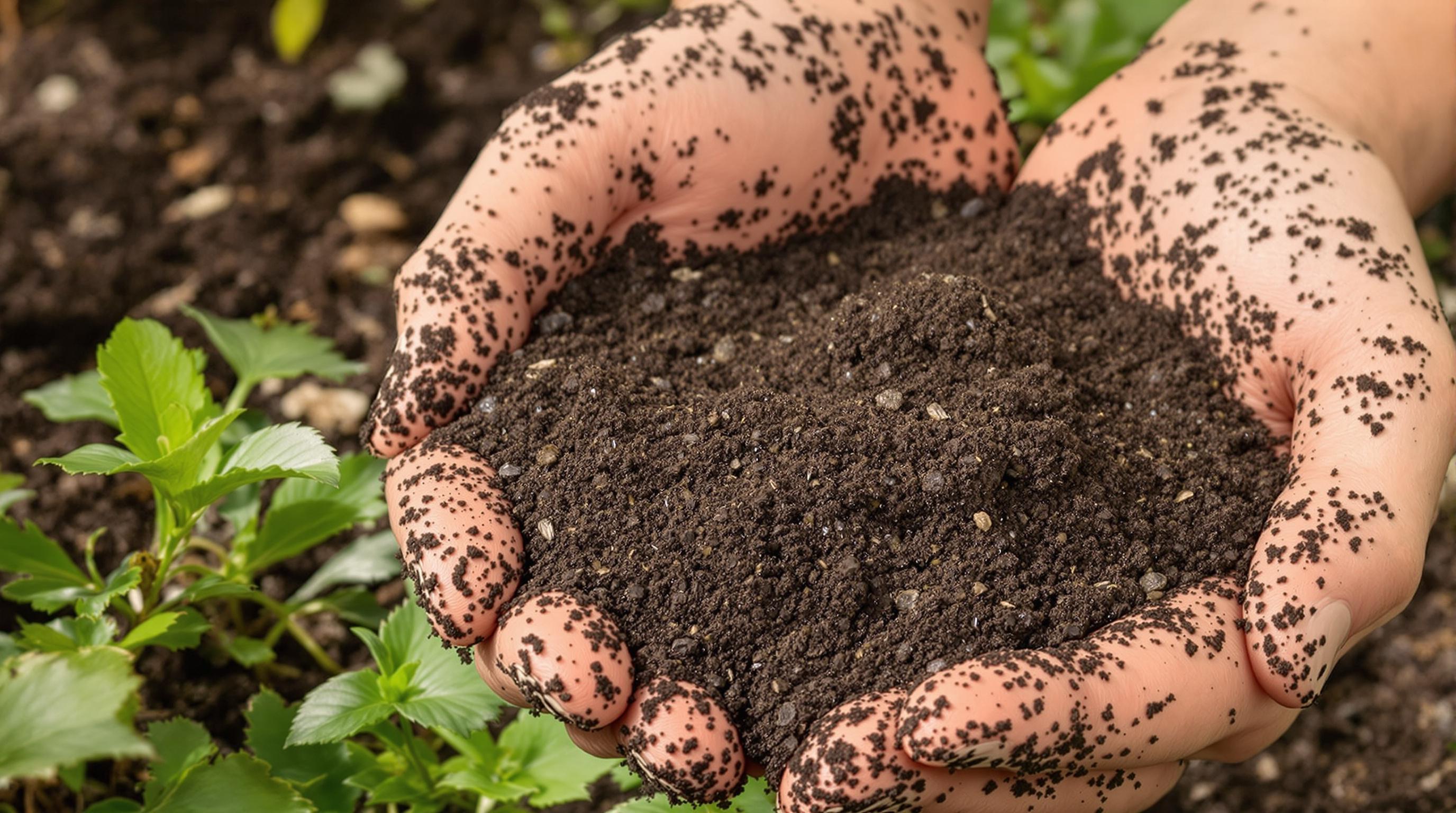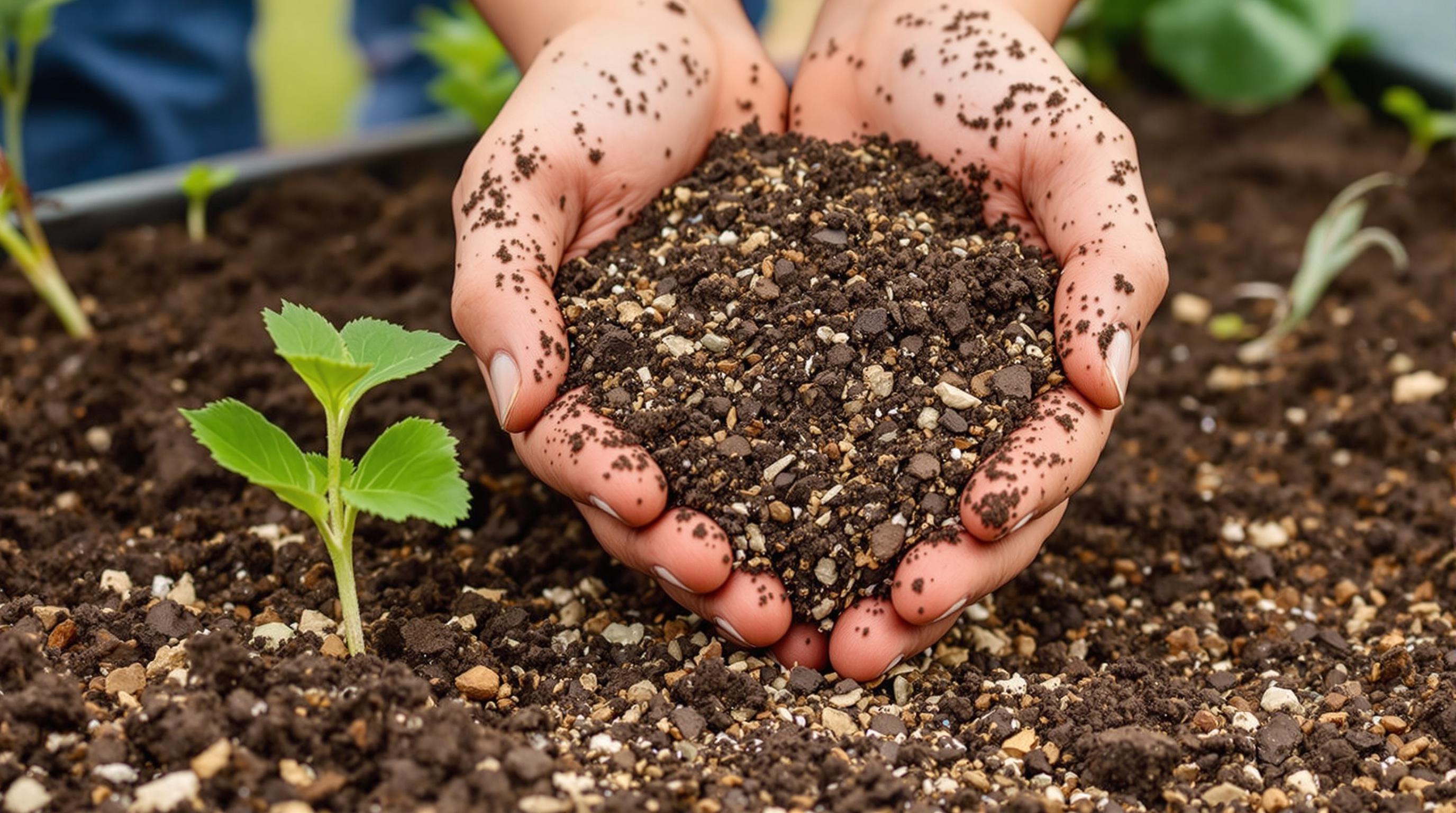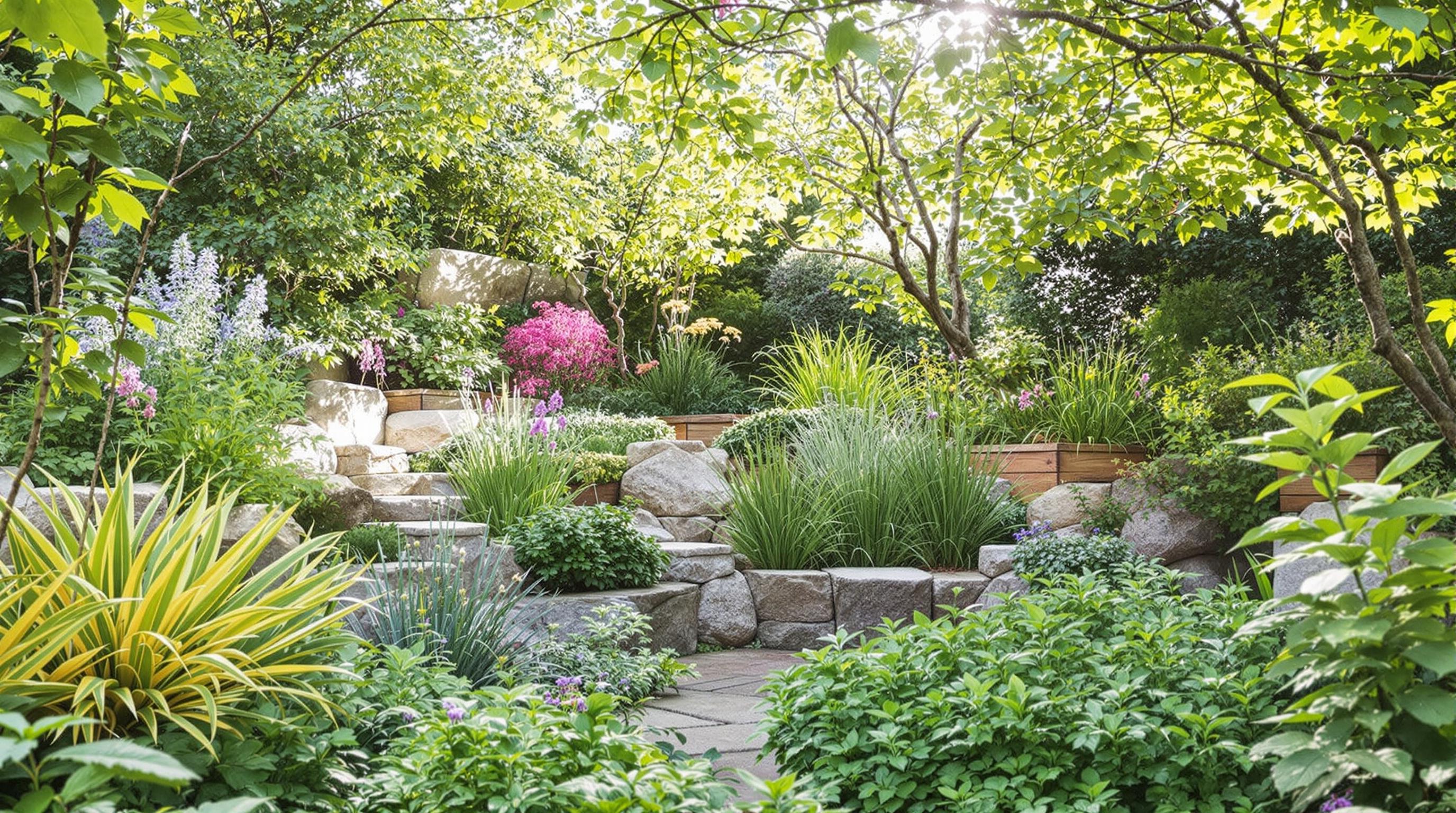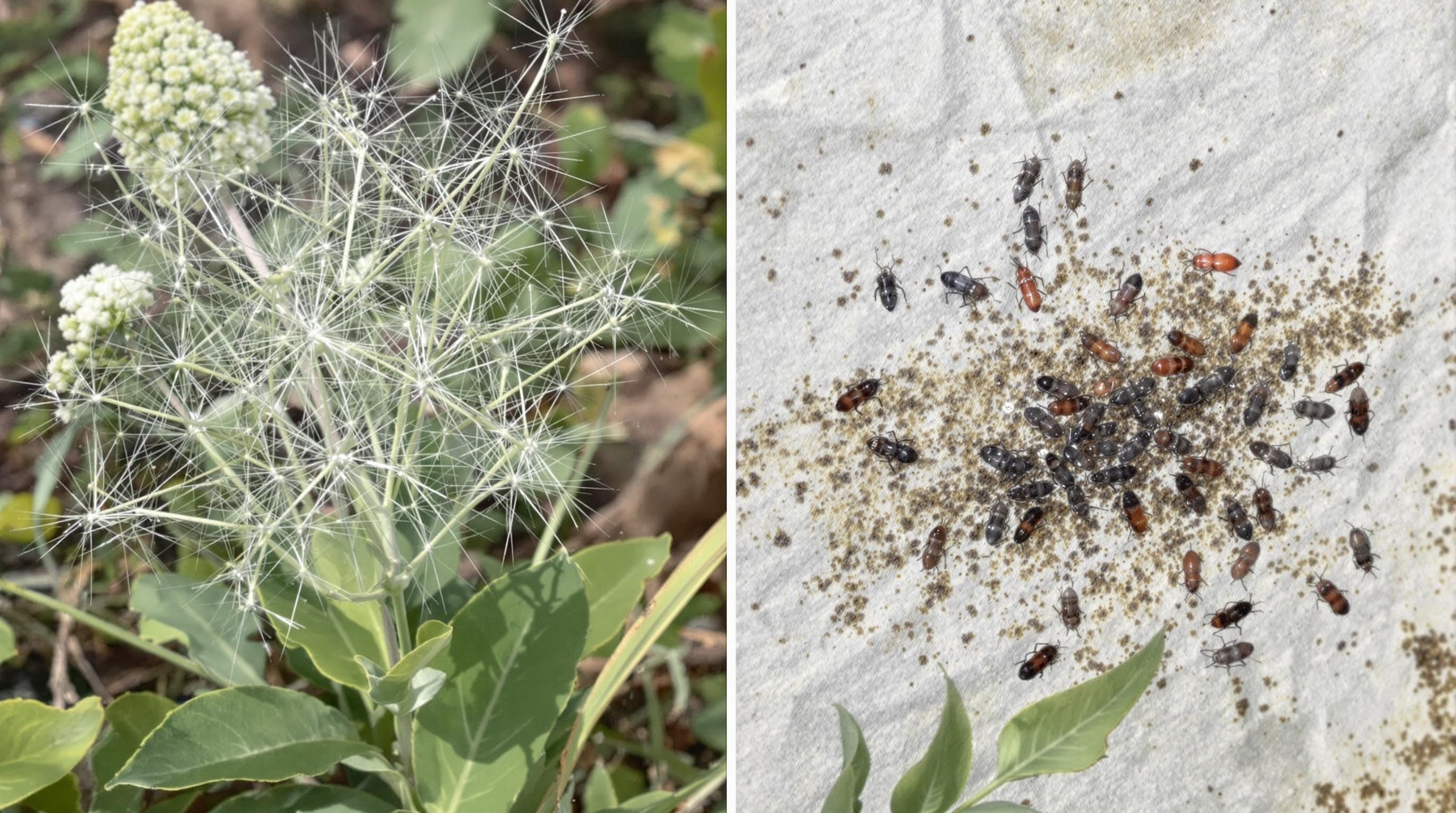Related Articles
- The Hidden Influence of Ergonomics: How Tool Design Shapes Our Physical Spaces and Daily Lives
- The Silent Influence: How Hidden Home Implements Shape Our Daily Routines and Spaces
- The Counterintuitive Role of Chaos: How Messy Tool Storage Can Lead to Unexpected Home Innovations
- Exploring the Unseen: How Audio Experiences Shape the Art of Domestic Spaces and Color Perception
- Rethinking the Mundane: How Everyday Objects are Becoming the Canvas for Modern Artistic Expression in Home Spaces
- Cultivating Chaos: The Surprising Benefits of Embracing Weeds in Your Garden Ecosystem
Rewilding Your Backyard: Embracing Wild Nature for Sustainable Outdoor Spaces
Rewilding Your Backyard: Embracing Wild Nature for Sustainable Outdoor Spaces
Rewilding your backyard is a transformative journey that reconnects you with nature while nurturing biodiversity and environmental sustainability. By embracing wild flora and fauna, you can create an outdoor sanctuary that thrives on natural ecosystems and fosters a deeper appreciation for wildlife.
Understanding the Concept of Rewilding
At its core, rewilding refers to restoring land to its natural, untamed state. This movement encourages the return of native species, the removal of invasive plants, and the development of ecosystems that have been diminished over time due to human activity.
Why Rewilding Matters
Rewilding isn't merely an aesthetic endeavor; it serves a vital ecological purpose. According to the World Wildlife Fund, global wildlife populations have decreased by an alarming 68% since 1970. By rewilding our backyards, we can contribute to reversing this trend, providing habitats for threatened species and supporting the intricate web of life that sustains our planet.
Getting Started: The First Steps Toward Rewilding
To embark on your rewilding journey, start by assessing your current backyard landscape. What existing elements can be retained to create a more natural environment? Are there invasive species present that need to be removed? It could be as simple as planting native flowers or creating a small pond to attract wildlife.
A Personal Story: My Backyard Transformation
At 25, I took the plunge into the world of rewilding after being inspired by a local conservation program. My backyard was a typical suburban oasis—manicured lawns and perfectly cut hedges. However, when I ripped out the invasive plants that smothered the space and replaced them with wildflowers, I witnessed an immediate transformation. Soon, butterflies danced about, and birds began to visit my newly vibrant space. It became not just a garden, but a living ecosystem. And frankly, I found myself enjoying the chaos of nature more than the sterile perfection of my old garden.
Tools of the Trade: What You Need for Rewilding
Let's break down some tools that can facilitate your rewilding efforts:
- Native Plants: Choosing the right plants is crucial. Native wildflowers like Echinacea or Black-eyed Susans not only look beautiful but attract beneficial pollinators.
- Compost Bin: Composting will enrich your soil naturally and help in the growth of native plants.
- Rain Barrels: Collecting rainwater for irrigation is an eco-friendly practice that fosters a more sustainable garden.
The Dynamic Duo: Rewilding and Biodiversity
Rewilding also enhances biodiversity, a term frequently used yet often misunderstood. The more diverse the flora, the more resilient the fauna, and vice versa. For instance, according to the National Wildlife Federation, gardens that espouse rewilding can host a wide range of creatures, from bees to foxes, underlining the interconnectedness of natural ecosystems. Imagine a thriving colony of bees buzzing around your sunflowers while a family of rabbits makes a home amongst the wild grasses!
Common Misconceptions About Rewilding
There are many misconceptions surrounding rewilding, and one of the most persistent is that it results in a chaotic mess. In reality, a well-planned rewilded garden can be both wild and beautiful. Consider the principles of permaculture, which emphasize the design of agricultural landscapes that are sustainable and productive, creating a harmonious relationship between humans and nature.
Why You Should Take the Plunge
The idea of rewilding your backyard is not just a fleeting trend but rather a movement grounded in the pressing need to combat climate change and loss of biodiversity. Incredibly, even small actions, such as leaving your lawn unmowed for a season, can have lasting impacts. Research shows that allowing native plants to flourish can significantly increase local wildlife populations (Gaston et al., 2016). If that doesn’t convince you, just think about how much more delightful a diverse garden will be compared to a sea of uniform grass!
Real Life Case Studies
Consider the inspiring case of the rewilding project in the Scottish Highlands, which successfully reintroduced wolves to a previously barren area. The presence of wolves helped control deer populations, allowing vegetation to flourish, thereby enhancing biodiversity. [Source: The Rewilding Network]. This is bigger than just one backyard, it is part of a larger vision of reconnecting ecosystems.
Five Rewilding Ideas to Transform Your Backyard
Still unsure where to begin? Here are five tangible ideas to enrich your space:
- Create a Pollinator Garden: Plant flowers that bloom at different times throughout the year to provide a continuous food supply for bees, butterflies, and other pollinators.
- Add Water Features: A small pond or birdbath can dramatically increase the wildlife that visits your yard. It's like inviting nature in for a drink!
- Install a Bug Hotel: These quirky structures provide shelter to insects, promoting a diverse ecosystem.
- Leave Some Areas Untouched: Designate a section of your yard to grow wild—no mowing or pruning! It’ll attract a variety of critters you may not have anticipated.
- Grow a Vegetable and Herb Garden: While wild is the name of the game, cultivating edibles still allows you to reap tangible benefits from your rewilding efforts.
Building Connections: Community and Rewilding
Rewilding is also about community, and forming local partnerships can make a significant difference. Participate in local wildlife conservation efforts or join gardening clubs that focus on native plant cultivation. By collaborating, you amplify your impact as a rewilding advocate and create a wider network that can offer resources, ideas, and support.
Embracing the Wild Side
As you venture further into rewilding, remember that it’s not an overnight transformation. Patience is key, as ecosystems take time to establish. But the rewards are boundless: a symphony of bird songs, vibrant blooms, and the delightful buzz of bees heralding that nature is reclaiming its rightful place.
Get Educated: Resources for Continued Learning
To deepen your knowledge on rewilding and biodiversity, numerous resources are available. Books like “Wilding: The Return of Nature to a British Farm” by Isabella Tree offer insights into how rewilding can reshape landscapes. Websites like the Rewilding Britain focus on rewilding initiatives across the country, providing inspiration and practical tips for your backyard.
The Future of Rewilding
As the climate crisis looms, the future of our environment hinges on our actions today. Rewilding our backyards is just one small piece of a much larger puzzle. By taking this step, each of us can contribute to a wave of change that embraces the untamed beauty of nature—making it a fundamental part of our daily lives and a bridge to the natural world that awaits us just outside our doors.
In Conclusion: A Call to Action
So, are you ready to put down the lawnmower and embrace the wild? The untamed spaces in your backyard are teeming with potential; you merely need to act on it. Whether you’re 16 or 70, this is your chance to create a vibrant, sustainable outdoor sanctuary that supports the wonders of nature. Let’s bring the wilderness home—after all, it has so much to offer!





